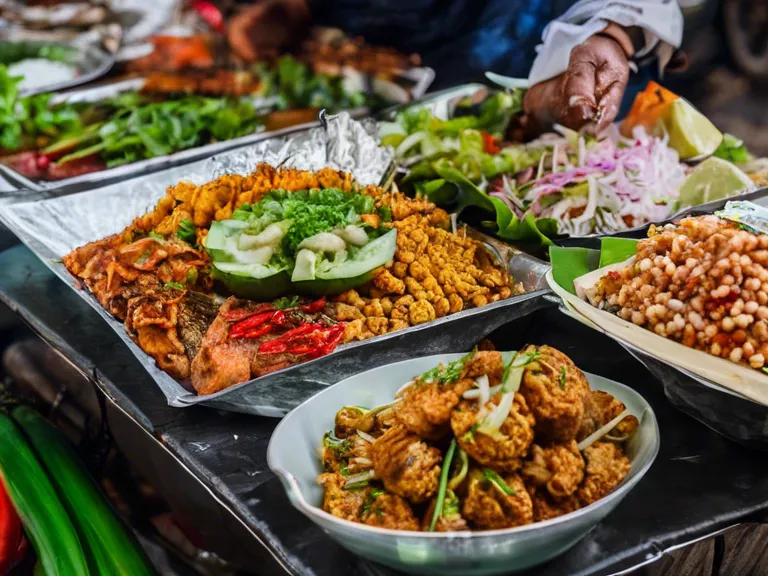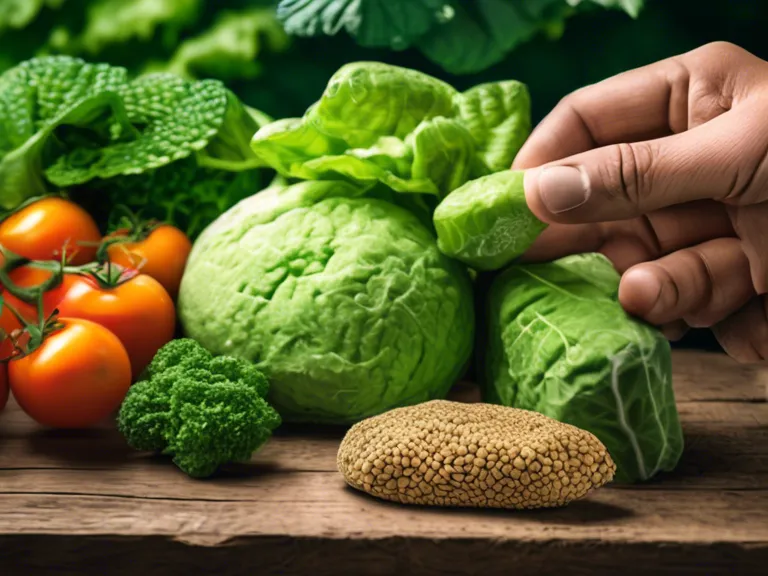
Street food in Indonesia has a significant impact on the country's dining culture, influencing both the way people eat and the types of dishes they enjoy. From iconic dishes like nasi goreng to popular snacks like martabak, Indonesian street food has made its way from the bustling streets to the dining tables of homes and restaurants across the archipelago. Let's explore how street food shapes Indonesian dining habits and why it continues to be a beloved culinary tradition.
One of the key influences of street food on Indonesian dining habits is the concept of communal eating. Street food stalls or warungs often serve dishes meant for sharing, encouraging friends and family to gather around and enjoy a meal together. This communal style of eating fosters a sense of togetherness and connection, making dining a social experience rather than just a necessity.
Additionally, street food has introduced a wide variety of flavors and ingredients to Indonesian cuisine. Whether it's the bold and spicy sambal sauces or the fragrant herbs and spices used in dishes, street food has expanded the palates of Indonesians and introduced them to new culinary experiences. Many popular street food dishes have also been adapted and incorporated into home-cooked meals, further blurring the lines between street food and traditional Indonesian cuisine.
Moreover, street food has also influenced the way Indonesians approach dining out. Many people in Indonesia are accustomed to eating on the go or grabbing a quick bite from a street vendor, leading to a preference for fast and convenient dining options. This has impacted the rise of fast-casual restaurants and food delivery services in the country, offering a blend of street food flavors with the convenience of modern dining.
In essence, street food plays a vital role in shaping Indonesian dining habits, from fostering a sense of community to introducing new flavors and influencing dining preferences. As Indonesia continues to embrace its rich street food culture, the love for street food and its impact on dining habits will only grow stronger.



